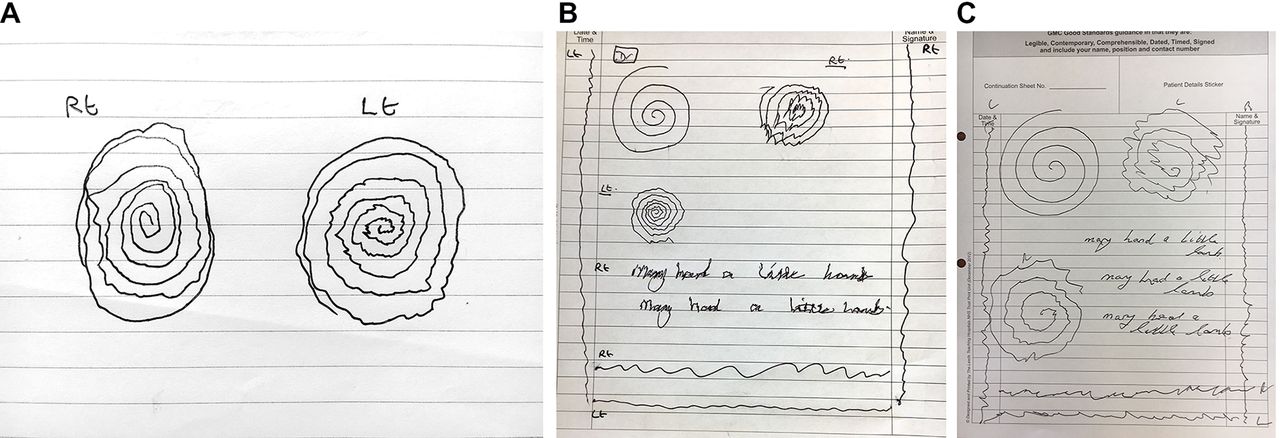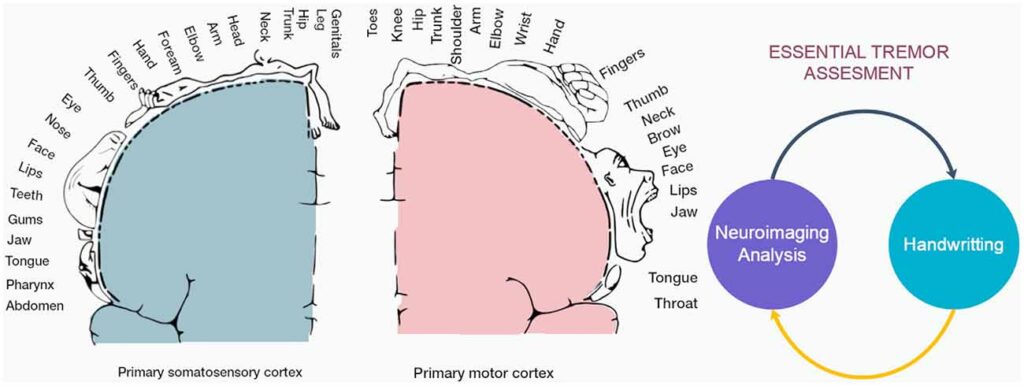Essential Tremor, often abbreviated as ET, is a common movement disorder that primarily affects the hands but can also involve other parts of the body. It is characterized by rhythmic shaking or trembling, which can interfere with daily activities such as writing, eating, and drinking. While it is not life-threatening, this condition can significantly impact an individual’s quality of life. In this article, we will explore the overview, causes, diagnosis, and management strategies for Essential Tremor.

Overview of Essential Tremor
Essential Tremor is one of the most prevalent neurological disorders, affecting millions of people worldwide. It typically manifests as involuntary shaking movements, most commonly in the hands, but it can also affect the head, voice, arms, and legs. The tremors associated with this condition usually occur during voluntary movements, such as reaching for an object or holding a posture, rather than at rest.
Unlike other movement disorders, such as Parkinson’s disease, Essential Tremor does not lead to other serious health complications. However, its progressive nature means that symptoms may worsen over time, making early recognition and management crucial for maintaining independence and functionality.
Symptoms of Essential Tremor
- Trembling or shaking in the hands, especially when performing tasks like writing or using utensils.
- Head tremors, which may result in a “yes-yes” or “no-no” motion.
- Voice tremors, causing a quivering sound while speaking.
- Tremors in the arms or legs, though less common than hand tremors.
- In rare cases, tremors may affect the torso or facial muscles.
The severity of these symptoms can vary widely among individuals. Some may experience mild tremors that do not interfere with daily life, while others may find their symptoms debilitating.
Causes of Essential Tremor
Despite extensive research, the exact cause of Essential Tremor remains unknown. However, several factors have been identified that contribute to its development and progression.
Genetic Factors
A significant proportion of cases of Essential Tremor are believed to have a genetic component. Studies suggest that the condition often runs in families, with approximately half of all affected individuals having a family history of tremors. This familial pattern indicates that certain inherited genes may predispose individuals to develop the condition.
Neurological Abnormalities
Essential Tremor is thought to arise from abnormalities in specific areas of the brain that control movement. The cerebellum, a region responsible for coordinating muscle activity, is believed to play a key role in the development of tremors. Dysfunction in the neural circuits connecting the cerebellum to other parts of the brain may disrupt normal motor control, leading to involuntary shaking.
Environmental Triggers
While genetics and neurological factors are primary contributors, environmental influences may also play a role. Stress, fatigue, caffeine consumption, and certain medications have been linked to the exacerbation of tremors in individuals with Essential Tremor. Identifying and managing these triggers can help reduce symptom severity.
Diagnosis of Essential Tremor
Diagnosing Essential Tremor can be challenging because there is no specific test to confirm its presence. Instead, healthcare providers rely on a combination of clinical evaluation, patient history, and ruling out other potential causes of tremors.
Clinical Evaluation
A thorough physical examination is the cornerstone of diagnosing Essential Tremor. During the evaluation, a healthcare provider will assess the nature, frequency, and location of the tremors. They may ask the patient to perform specific tasks, such as extending their arms, drawing spirals, or pouring water, to observe the tremors in action.
Medical History
Understanding the patient’s medical history is critical in making an accurate diagnosis. The healthcare provider will inquire about the onset and progression of symptoms, any family history of tremors, and the impact of the tremors on daily life. This information helps differentiate Essential Tremor from other movement disorders.
Ruling Out Other Conditions
Several other conditions, such as Parkinson’s disease, multiple sclerosis, and thyroid disorders, can cause tremors similar to those seen in Essential Tremor. To rule out these possibilities, additional tests may be conducted, including blood tests, imaging studies like magnetic resonance imaging, and neurological assessments.
Management of Essential Tremor
While there is currently no cure for Essential Tremor, various treatment options are available to help manage symptoms and improve quality of life. These include lifestyle modifications, medications, and surgical interventions.
Lifestyle Modifications
Making certain changes in daily habits can help reduce the severity of tremors. Some effective strategies include:
- Avoiding stimulants such as caffeine and nicotine, which can worsen tremors.
- Practicing relaxation techniques like deep breathing, meditation, or yoga to manage stress.
- Ensuring adequate rest and sleep to minimize fatigue-related tremors.
- Using adaptive devices, such as weighted utensils or pens, to make daily tasks easier.
Medications
Several medications are available to help control tremors. These include:
- Beta-blockers, which are commonly used to treat high blood pressure and have been found to reduce tremors in some individuals.
- Anti-seizure medications, which can stabilize abnormal electrical activity in the brain and alleviate tremors.
- Tranquilizers, which may be prescribed to address anxiety-related exacerbation of symptoms.
It is important to work closely with a healthcare provider to determine the most appropriate medication and dosage, as side effects can occur.
Surgical Interventions
For individuals with severe tremors that do not respond to medications, surgical options may be considered. Two common procedures include:
- Deep brain stimulation, which involves implanting electrodes in specific areas of the brain to regulate abnormal signals causing tremors.
- Focused ultrasound, a non-invasive technique that uses sound waves to target and destroy small areas of brain tissue responsible for tremors.
Both procedures have shown promising results in reducing tremor severity, but they come with risks and require careful consideration.
Physical and Occupational Therapy
Therapy plays a vital role in managing Essential Tremor. Physical therapy can help improve muscle strength and coordination, while occupational therapy focuses on adapting daily activities to accommodate tremors. Therapists may recommend exercises, tools, and techniques to enhance independence and confidence.
Support and Education
Living with Essential Tremor can be emotionally challenging, and support from family, friends, and support groups can make a significant difference. Educating oneself about the condition and connecting with others who share similar experiences can provide valuable insights and coping strategies.
Emerging Research and Future Directions
Ongoing research into the causes and treatment of Essential Tremor holds promise for improved outcomes in the future. Scientists are exploring advanced imaging techniques to better understand the brain’s role in tremor development. Additionally, new medications and therapies are being developed to target the underlying mechanisms of the condition more effectively.
Collaborative efforts between researchers, healthcare providers, and patients are essential to advancing knowledge and finding innovative solutions for managing Essential Tremor.





